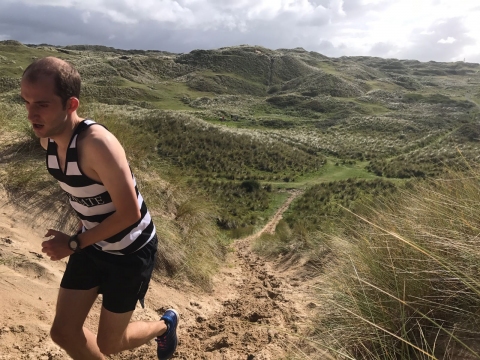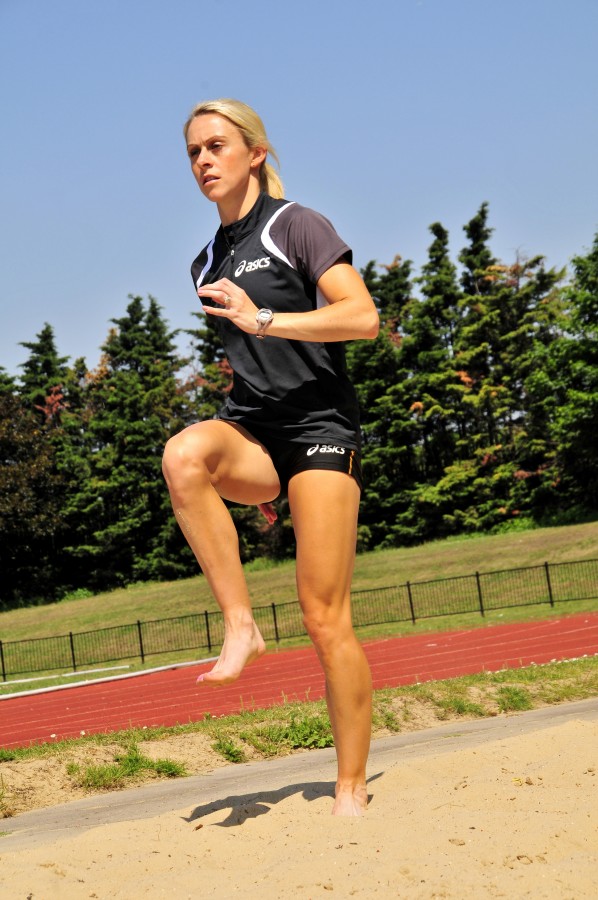Sun, sea &... sand running

Sun, Sea &.....err Sand Running
The school summer holidays may well be coming into view or indeed a 14 day escape from the office is getting closer.
Therefore for many of our extended LGN running family, the sandy joy of beach fun may well be a reality soon, and to ensure you all are able to use this super training resource over and above it’s chilling out potential - Please find LGN’s top 10 tips for training in the sand:
1. Sand by its very funky granular design provides a fantastically unstable platform for running and thus is superb for strength resistance training. However, it also presents a wide range of issues for your feet and biomechanics and therefore it is essential you take time to physically adapt & especially allow the supporting musculature the precious time required to adjust.
2. Not all sand is the same, technically sand grains can vary from 1/16 of a mm up to a heady 2mm, so I recommend you grade your sand running choices, aiming to start by running for short periods on harder darker wet sand, eventually migrate to softer but wet sand and then progress to white soft dry sand, everyone one is different, but we often use the yardstick of 12 weeks for initial soft connective tissue (ligament & tendons) adaptation.
3. Manage expectations in early stages, especially about your pace as it will be completely different to your road tempo, I suggest removing any GPS toys and just aim to run for a set period of time without reference to distance.
4. Remain patient with technique as it can be hard to initially find a rhythm, try to keep your cadence high and your stride length slightly shorter than normal to ensure you carry momentum.
5. Need to keep a careful eye on how your calf and especially your Achilles tendon reacts as the soft surface will extend range of movement, be sure to give it 48 hours to assess how body has responded and give back to you body by doing both key calf stretches – Gastrocnemius (upper calf) and Soleus (lower calf ), repeat the LGN mantra ‘pre-empt - don’t react’.

6. Scrunch your toes and drive the arms, a more dynamic running action is often required, and is a great reminder of the core running basic when returning to the tarmac.
8. Watch for early signs of blistering, you will be fundamentally sandpapering your feet, so your skin needs to be hardened over time, taping can help, but make sure it is strong and not a sticky plaster as it wont last 5 minutes.
9. Watch out for debris in sand, not to mention smoldering disposable BBQ trays sitting just beneath the surface…. Initially consider wearing running shoes, especially pliable & responsive racing flats in early phase and perhaps before going ‘foot naked’ consider the allure of barefoot running brands such as Vibram Five Fingers shoes.
Happy running from all the team at LGN!
